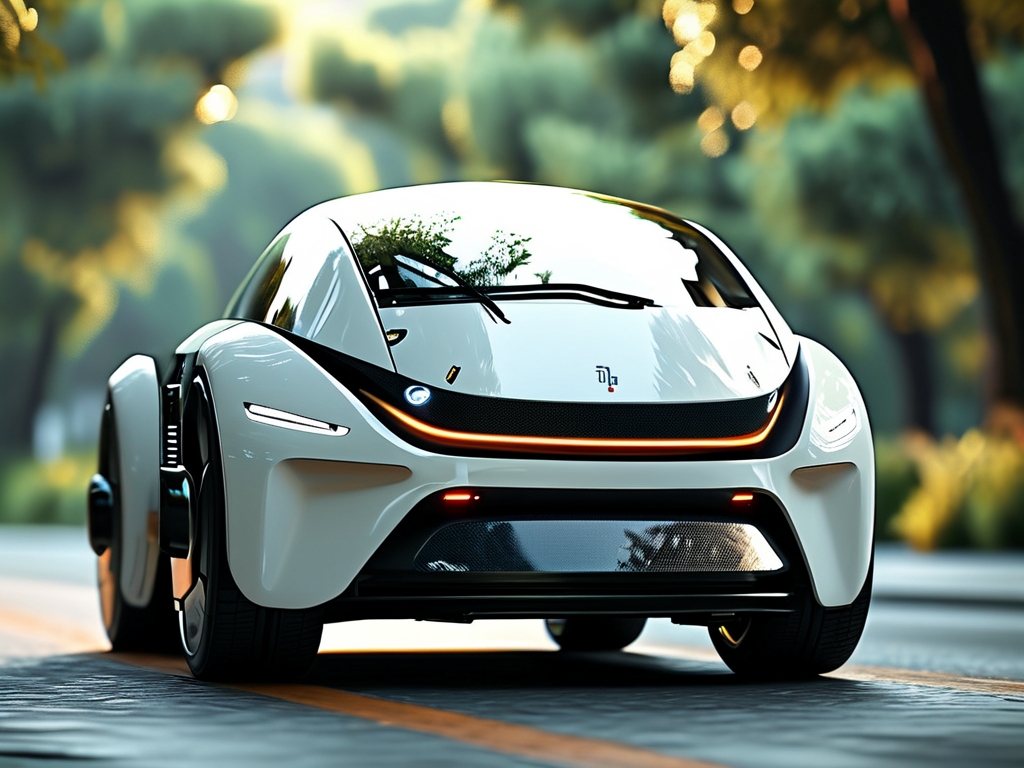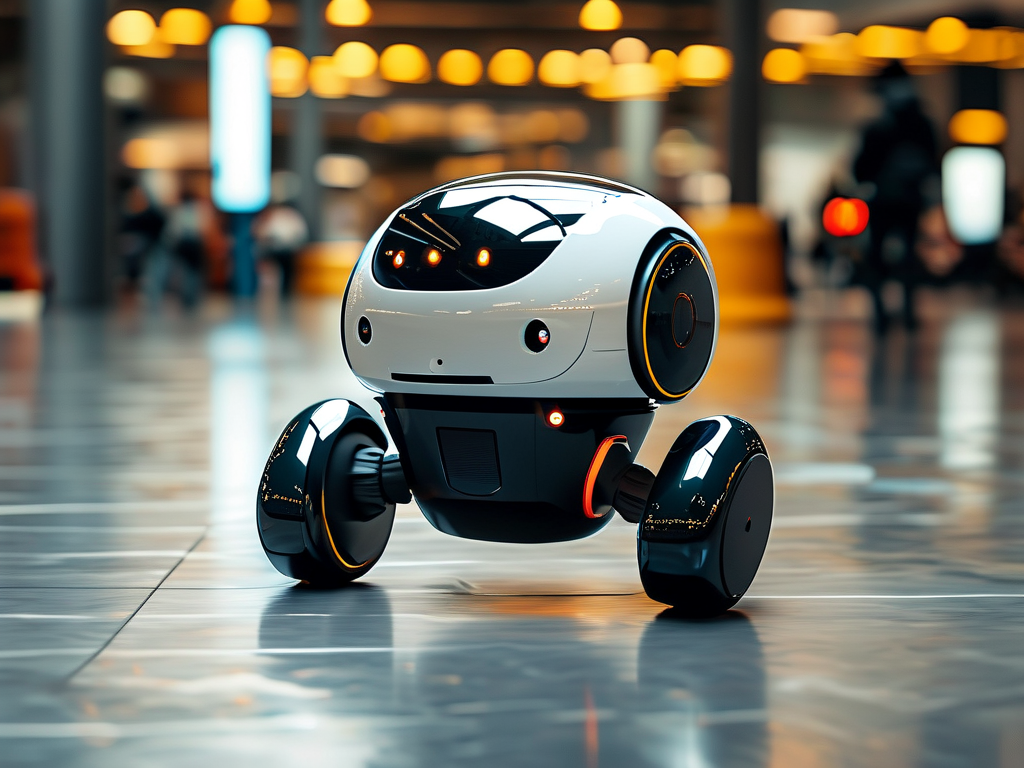The rapid evolution of autonomous robotic navigation systems is reshaping how humans and goods move across the globe. From self-driving cars to delivery drones, this technology promises to redefine efficiency, safety, and accessibility in transportation. But what exactly powers these systems, and what challenges must we overcome to realize their full potential?

The Core of Autonomous Navigation
Autonomous robotic navigation relies on a fusion of advanced technologies. At its foundation are sensors—LiDAR, cameras, radar, and ultrasonic detectors—that create a real-time 3D map of the environment. These sensors feed data to artificial intelligence (AI) algorithms trained to recognize objects, predict movements, and make split-second decisions. Machine learning models, particularly deep neural networks, enable robots to "learn" from vast datasets of driving scenarios, improving their ability to handle unpredictable situations like pedestrian crossings or sudden roadblocks.
A critical component is simultaneous localization and mapping (SLAM), which allows robots to navigate unknown environments while tracking their own position. This technology is vital for applications like warehouse robots and exploratory drones. Additionally, vehicle-to-everything (V2X) communication ensures autonomous systems interact seamlessly with traffic lights, other vehicles, and infrastructure, creating a synchronized transportation network.
Applications Across Industries
- Logistics and Delivery: Autonomous trucks and drones are revolutionizing supply chains. Companies like Amazon and FedEx now use robots for last-mile deliveries, reducing costs and carbon footprints. In warehouses, autonomous forklifts and sorting robots operate 24/7, boosting productivity.
- Public Transportation: Self-driving buses and shuttles are being tested in cities like Singapore and Helsinki. These systems aim to reduce traffic congestion and provide affordable, round-the-clock transit options.
- Agriculture: Autonomous tractors and harvesters equipped with GPS and AI optimize crop yields by precisely planting, watering, and harvesting. This minimizes resource waste and addresses labor shortages.
- Emergency Response: In disaster zones, autonomous robots navigate hazardous terrain to deliver supplies or locate survivors, outperforming human-led teams in speed and safety.
Challenges and Ethical Dilemmas
Despite its promise, autonomous navigation faces significant hurdles. Technical limitations persist: poor weather conditions, complex urban environments, and rare "edge cases" (e.g., a child chasing a ball into the street) can still confuse AI systems. The 2018 Uber self-driving car accident, which resulted in a pedestrian fatality, underscores the stakes of imperfect technology.
Regulatory frameworks lag behind innovation. Governments struggle to establish universal safety standards, liability laws, and data privacy protocols. For instance, who is responsible if an autonomous delivery robot causes an accident—the manufacturer, software developer, or operator?
Ethical questions also loom large. How should AI prioritize decisions in no-win scenarios? If a self-driving car must choose between hitting a pedestrian or swerving into a wall endangering its passenger, what moral guidelines should dictate its response? Philosophers and engineers continue to debate these "trolley problem" adaptations.
The Road Ahead
Experts predict that fully autonomous systems will achieve widespread adoption by 2040, but incremental advancements will transform industries sooner. Key trends to watch include:
- 5G and Edge Computing: Ultra-fast data transmission will enable real-time decision-making, critical for high-speed applications like autonomous trucks on highways.
- Quantum Computing: This could revolutionize route optimization and threat prediction by processing complex variables millions of times faster than classical computers.
- Human-Robot Collaboration: Hybrid systems, where humans remotely oversee autonomous fleets, may bridge the gap during the transition period.
Public acceptance remains a wildcard. Surveys show that 60% of global consumers distrust fully autonomous vehicles, citing safety concerns. Transparent testing, rigorous certification processes, and educational campaigns will be essential to build trust.
Autonomous robotic navigation is not merely a technological leap but a societal shift. It promises to reduce accidents caused by human error, cut emissions through optimized routes, and democratize mobility for elderly and disabled populations. However, success hinges on collaboration between engineers, policymakers, and ethicists to address technical, legal, and moral challenges. As we stand on the brink of this revolution, one thing is clear: the machines are no longer just tools—they’re becoming co-pilots in humanity’s journey forward.


